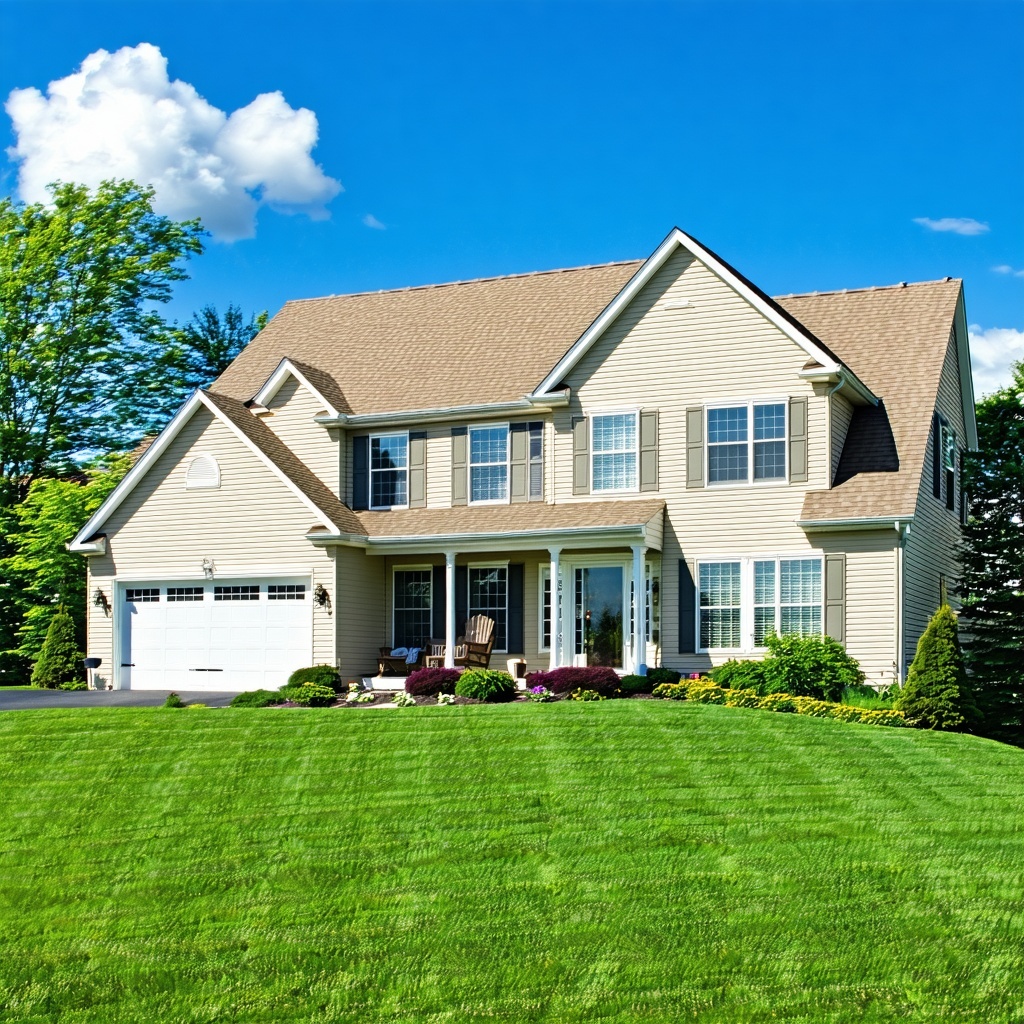Is a Roof Replacement Worth the Cost? Evaluating the ROI
Discover the financial benefits of investing in a roof replacement and how it can impact your home's overall value.
Signs it's Time for a Roof Replacement
If your roof is old and showing signs of wear and tear, it may be time for a roof replacement. Some common signs include:
Missing or damaged shingles
Leaks and water damage
Sagging or uneven roof
Excessive moss or algae growth
These signs indicate that your roof is no longer providing adequate protection for your home and it's time to consider a replacement.
Factors Affecting the Cost of Roof Replacement
Several factors can affect the cost of a roof replacement. These include:
Size and complexity of the roof
Choice of roofing material
Roof pitch and accessibility
Labor and installation costs
Removal and disposal of old roofing materials
It's important to consider these factors when budgeting for a roof replacement and to get multiple quotes from reputable roofing contractors to ensure you're getting the best value for your investment.
Calculating the Return on Investment (ROI)
While a roof replacement is a significant upfront cost, it can provide a strong return on investment (ROI) in the long run. Here's how to calculate the ROI:
Determine the total cost of the roof replacement, including materials and labor
Estimate the increase in your home's value after the replacement
Divide the increase in value by the cost of the replacement and multiply by 100 to get the ROI percentage
For example, if a roof replacement costs $10,000 and increases your home's value by $15,000, the ROI would be 50%. This means you would recoup 50% of the cost of the roof replacement when you sell your home.
Keep in mind that the ROI can vary depending on various factors such as the housing market and the quality of the replacement. It's always a good idea to consult with a real estate professional to get a better understanding of the potential ROI in your specific area.
Long-Term Benefits of a New Roof
Investing in a roof replacement offers several long-term benefits for homeowners. These include:
Enhanced curb appeal: A new roof can greatly improve the overall appearance of your home, increasing its curb appeal and making it more attractive to potential buyers.
Improved energy efficiency: Newer roofing materials often come with better insulation properties, helping to reduce energy consumption and lower utility bills.
Increased durability and protection: A new roof provides better protection against leaks, water damage, and other weather-related issues, ensuring the integrity of your home's structure.
Peace of mind: Knowing that your home is well-protected with a new roof can give you peace of mind and eliminate the stress and worry associated with an old, deteriorating roof.
Considering these long-term benefits, a roof replacement can be a worthwhile investment that not only adds value to your home but also improves your quality of life.
Choosing the Right Roofing Material
When it comes to a roof replacement, choosing the right roofing material is crucial. Factors to consider include:
Durability and lifespan: Different materials have varying lifespans, so it's important to choose a material that will last long and withstand the local climate conditions.
Cost: The cost of roofing materials can vary significantly, so it's essential to find a balance between quality and affordability.
Aesthetics: The roofing material should complement the architectural style of your home and enhance its overall appearance.
Maintenance requirements: Some materials require more maintenance than others, so consider the time and effort you're willing to invest in maintaining your roof.
Common roofing materials include asphalt shingles, metal, slate, and tile. Each material has its own pros and cons, so it's recommended to consult with a roofing professional to determine the best option for your specific needs and budget.


